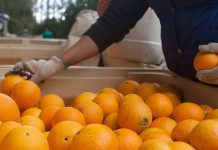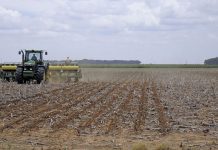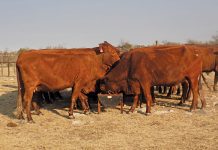The national Angora flock, already down to about 900 000 animals, has taken another knock with the loss of an estimated 20 000 goats during a wet and windy cold snap that hit the Eastern Cape earlier this month.
Karoo farmers from Steytlerville through Somerset East to Cradock reported losses of goats with up to six weeks of hair growth. In some cases farmers lost more than 1 000 goats each after temperatures plummeted to –10ºC.
While rain of up to 100mm brought relief to the drier districts, the mortalities are viewed as a serious long-term setback to the mohair industry as even more farmers are likely to lose interest in this risky branch of farming.
Aside from the loss of income from hair, those who lost ewes will either have to buy in breeding stock or face reduced reproduction rates in spring. Those who lost mostly younger animals won’t have the replacement stock they bargained on in two seasons from now, and will have to keep older ewes for longer than usual.
Many farmers are worried that part of the reason for the stock losses, which seem to be occurring more frequently, are due to inbreeding and a loss of hardiness in their flocks. There are now very few stud breeders left in the industry and most of them have chased after finer hair, as dictated by market trends. It is known that goats with coarser, heavier and more oily fleeces can withstand inclement weather well.
Afew years ago the industry introduced an insurance scheme to cover this kind of setback. However, so few growers joined the scheme that it had to be abandoned. – Roelof Bezuidenhout








